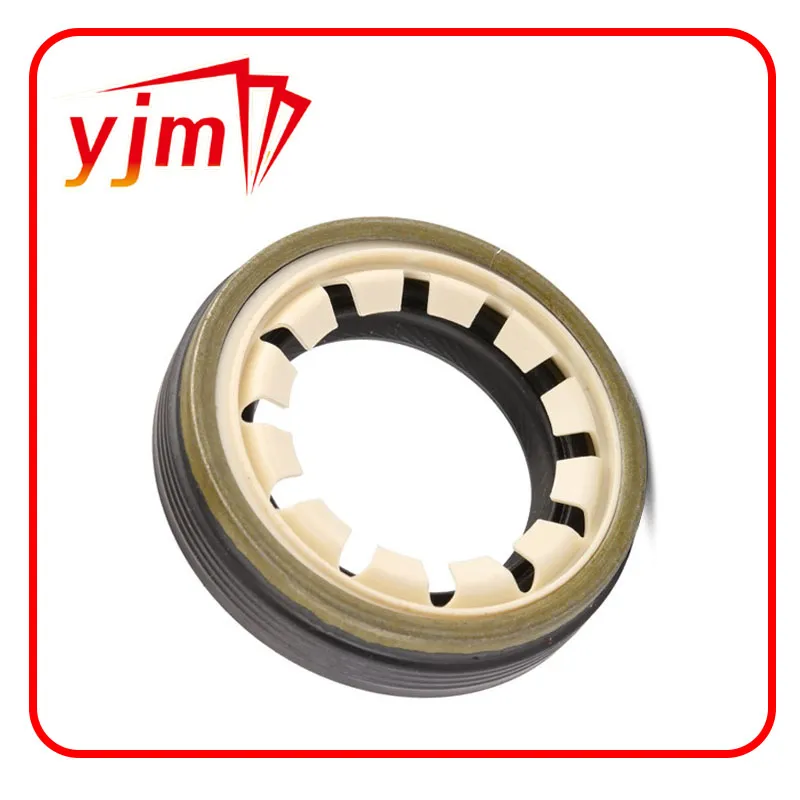lower oil pan gasket
Understanding Lower Oil Pan Gasket Importance and Maintenance
The lower oil pan gasket is a critical component in the engine of a vehicle, serving the vital function of preventing oil leaks between the oil pan and the engine block. An effective sealing mechanism is essential for maintaining the engine's overall performance and longevity. This article will delve into the significance of the lower oil pan gasket, common issues associated with it, and tips for maintenance and replacement.
Importance of the Lower Oil Pan Gasket
The oil pan, located at the bottom of the engine, is where engine oil is stored. The lower oil pan gasket forms a seal between the oil pan and the engine block, keeping the oil contained and ensuring that it circulates efficiently throughout the engine. The engine relies on this oil for lubrication, cooling, and cleaning of its components. A properly functioning gasket helps to maintain the correct oil pressure and protects vital engine components from wear and tear.
When the lower oil pan gasket fails, it can result in oil leaks, leading to a decrease in oil levels. Insufficient oil can cause increased friction between moving parts, leading to overheating and eventual engine damage. Moreover, leaking oil can create a hazardous condition, posing risks not only to engine health but also to the environment and safety.
Common Issues Associated with Lower Oil Pan Gaskets
Several factors can contribute to the failure of a lower oil pan gasket. One common issue is age and wear. Over time, the materials used in gaskets can degrade due to heat, pressure, and exposure to oil. This breakdown can result in cracks or displacements in the gasket, leading to leaks.
Another factor is improper installation. If a gasket is not installed correctly, it may not seal properly, resulting in oil leakage. Furthermore, excessive torque can lead to compression of the gasket, causing it to deform and fail.
Symptoms of a failing lower oil pan gasket include visible oil puddles under the vehicle, engine oil stains on the oil pan, a drop in oil levels without obvious signs of leakage, or the smell of burning oil
. If any of these symptoms are present, it is crucial to address the issue promptly to prevent further engine damage.lower oil pan gasket

Maintenance and Replacement Tips
Regular maintenance is key to prolonging the life of the lower oil pan gasket and the engine overall. Here are some maintenance tips
1. Routine Oil Changes Regularly changing the engine oil and oil filter can help minimize the buildup of sludge and contaminants, which can contribute to gasket wear.
2. Visual Inspections Periodically check the oil pan and surrounding areas for oil leaks or signs of deterioration. Early detection can prevent costly repairs.
3. Torque Specifications When reinstalling the oil pan, ensure that the bolts are tightened to the manufacturer's specifications to avoid over-compression of the gasket.
4. Quality Gaskets When replacing a faulty lower oil pan gasket, opt for high-quality materials recommended for your vehicle's make and model. Cheap or incompatible gaskets can lead to premature failure.
5. Professional Assistance If uncertain about inspecting or replacing the lower oil pan gasket, consult a professional mechanic. Their expertise can ensure proper installation and prevent future problems.
Conclusion
The lower oil pan gasket may be a small component, but its role is essential for the efficient operation of an engine. Understanding its importance and being aware of potential issues can help vehicle owners take proactive measures to maintain their engines. Regular maintenance and timely replacements can prevent severe damage, ensuring that your vehicle runs smoothly for years to come. Whether you are an experienced mechanic or a car owner, keeping an eye on this critical gasket will pay off in the long run.
-
Simplifying Oil Changes: A Comprehensive Guide to Oil Drain Plugs and Their Variants
News Aug.04,2025
-
Mastering Oil Drain Maintenance: Solutions for Stripped, Worn, and Upgraded Oil Plugs
News Aug.04,2025
-
Fixing Oil Pan Plug Issues: Leaks, Stripped Nuts, and the Right Replacement Solutions
News Aug.04,2025
-
Everything You Need to Know About Oil Drain Plugs: Sizes, Fixes, and Upgrades
News Aug.04,2025
-
Choosing the Right Oil Drain Plug: A Guide to Sizes, Materials, and Drain Innovations
News Aug.04,2025
-
A Complete Guide to Automotive Drain Plugs: Types, Problems, and Innovative Solutions
News Aug.04,2025
-
The Ultimate Guide to Car Repair Kits: Tools and Essentials Every Driver Should Own
News Aug.01,2025
Products categories















